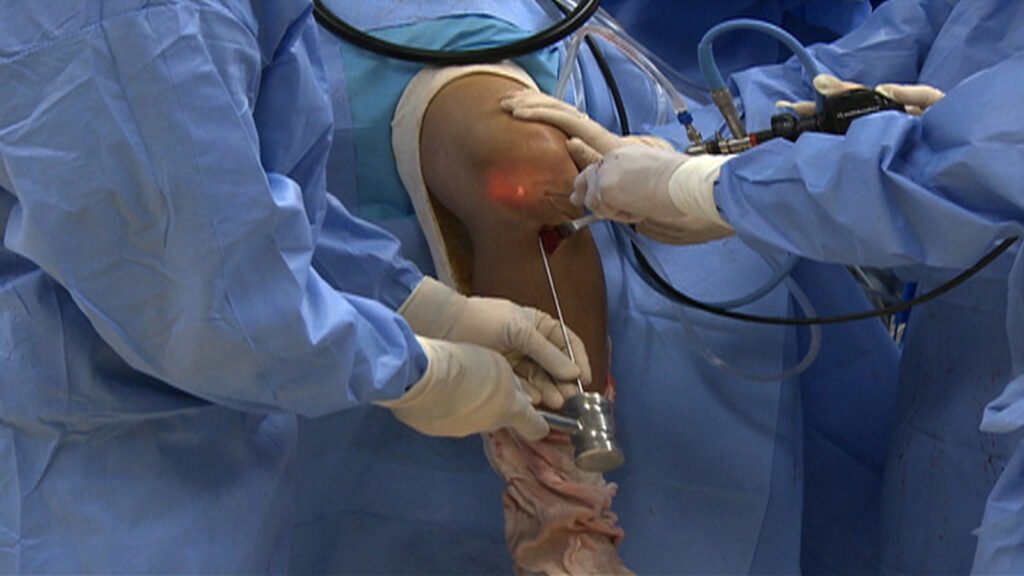PCL surgery


All Services
- Knee replacement surgery
- Partial knee replacement
- Hip replacement
- shoulder replacement
- Joint replacement
- ACL surgery
- PCL surgery
- Ligament surgery
- Meniscus repair surgery
- Key hole surgery
- Arthroscopy surgery
- Joint preservation surgery
- High tibial osteotomy surgery
- Fracture surgery
- Trauma
- Shoulder arthroscopy
- Shoulder dislocation surgery
- Rotator cuff repair surgery
- Spine surgery
- Knee pain
- shoulder pain
- Back pain
- Nonunion surgery
- Bone and Joint
- Joint pain
- Sport injury
Contact Us

What is PCL Surgery?
When is PCL Surgery Needed?
Your doctor may recommend PCL surgery if:
👉 You have a complete PCL tear causing knee instability
👉 There is associated damage to other ligaments (multi-ligament injury)
👉 Your knee frequently gives way or feels unstable
👉 Conservative treatments (bracing, physiotherapy) have failed
👉 You want to return to sports or physically demanding work
How is PCL Surgery Done?
Usually performed arthroscopically (keyhole surgery)
The torn PCL is reconstructed using a tissue graft (commonly from your own hamstring tendon or a donor graft)
The graft is fixed securely to restore normal knee function
Benefits of PCL Surgery
✅ Restores knee stability
✅ Reduces the risk of further joint damage
✅ Improves confidence in movement
✅ Enables return to sports or active lifestyle
Recovery After PCL Surgery
Hospital stay: Usually 1 day
Knee brace: Worn for several weeks
Weight-bearing: Gradual, as guided by your surgeon
Return to sports: Typically 9-12 months with physiotherapy
